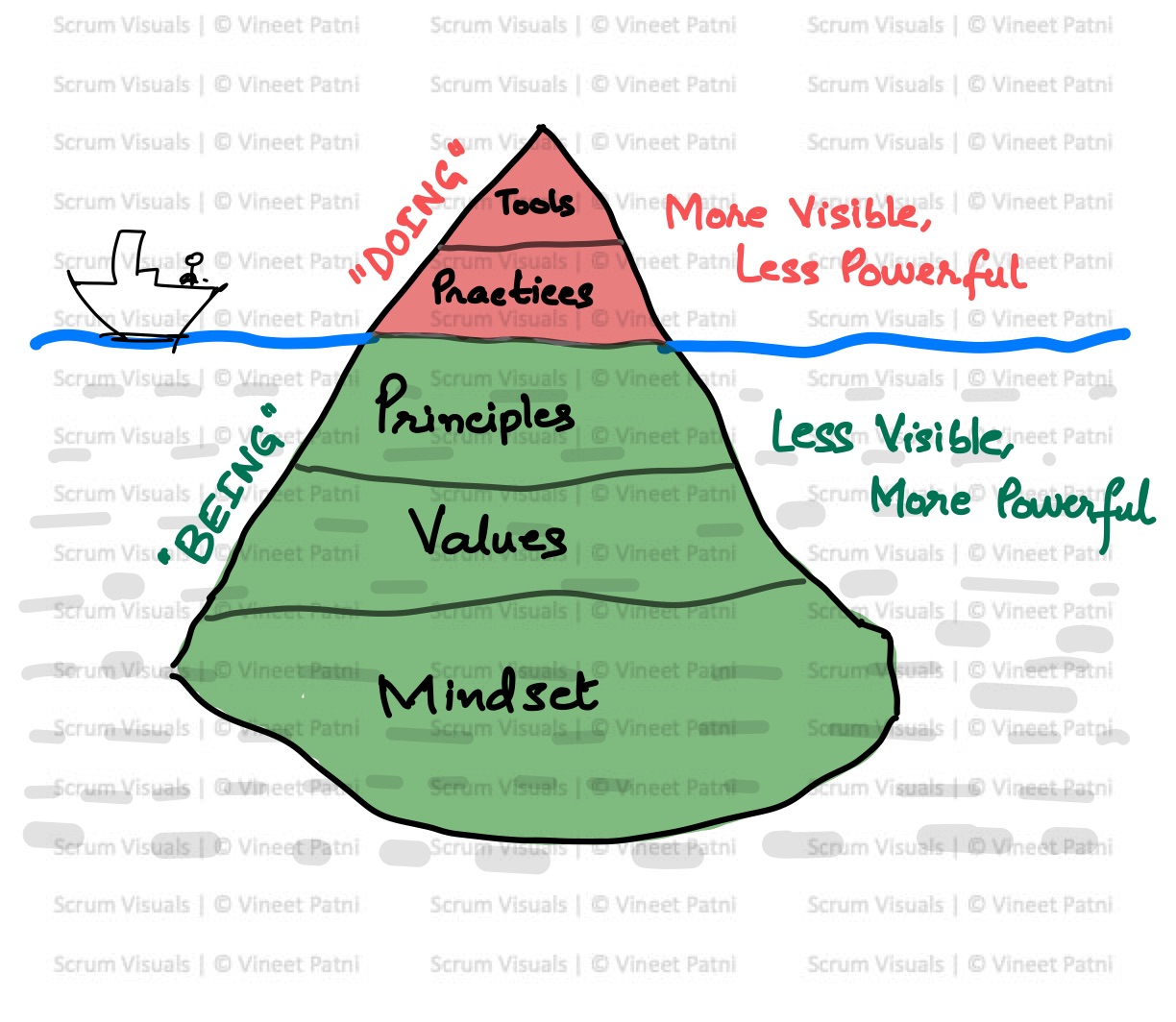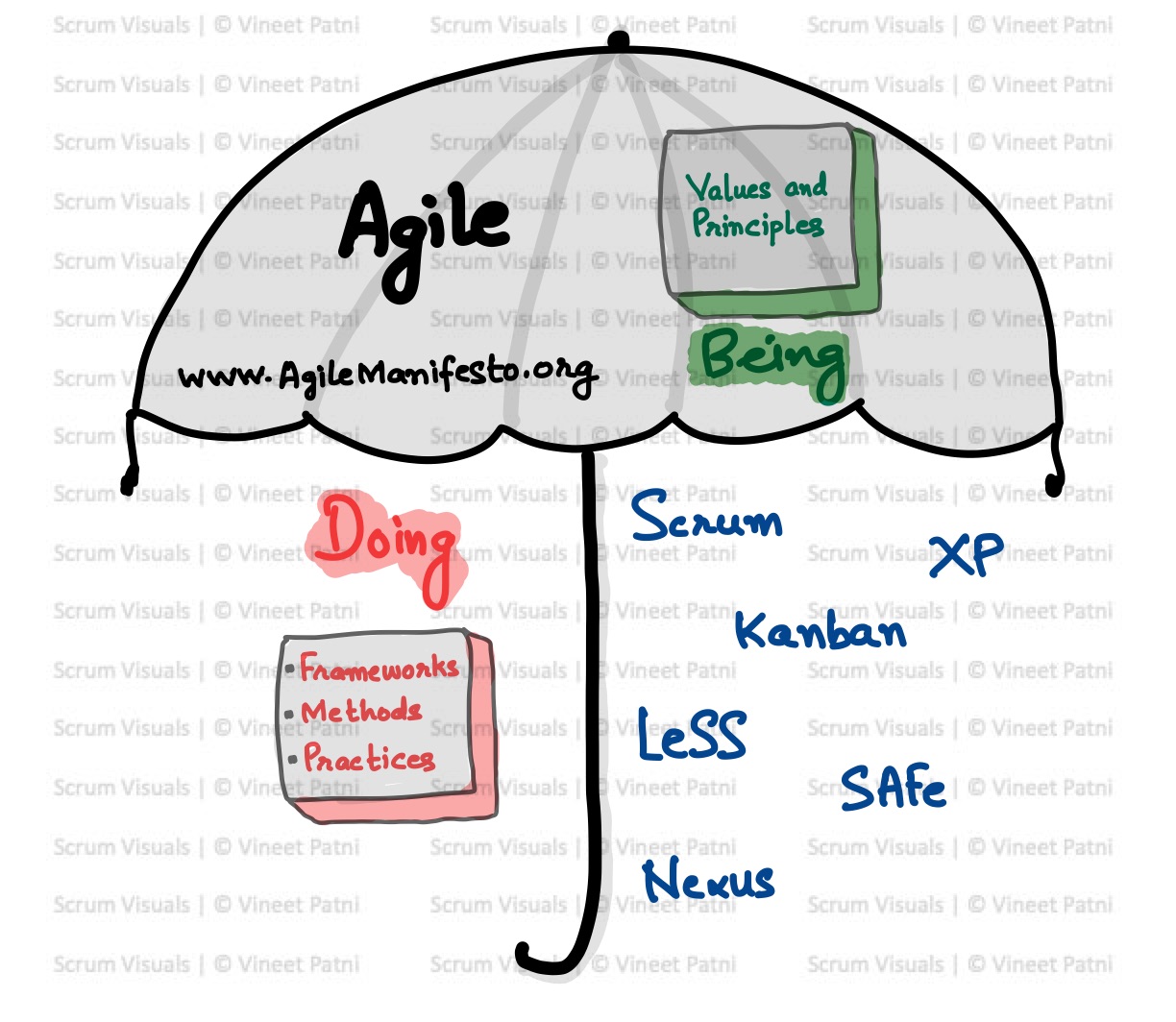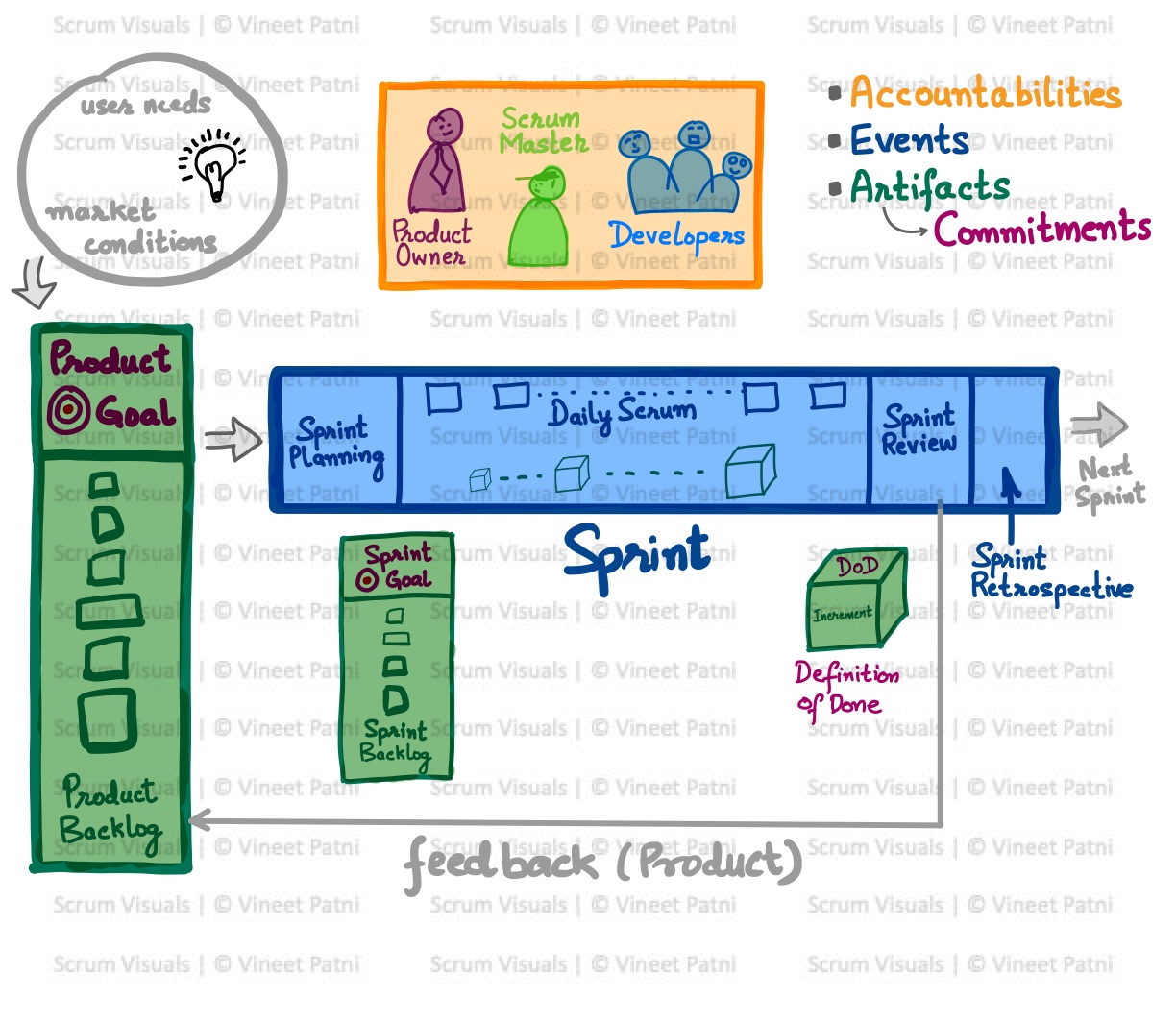AI-Powered Product Management: How to Prioritize with Data
From intuition to intelligent insights — AI is changing how Product Managers make decisions.
In the fast-paced world of product management, prioritization is everything. The right decisions accelerate growth, delight users, and align teams. The wrong ones? Wasted sprints, missed opportunities, and frustrated stakeholders.
But what if you could go beyond gut feeling and use real-time data and AI-powered insights to guide your roadmap?
Welcome to the future of product management — powered by AI.
The Challenge with Traditional Prioritization
Product managers have long used frameworks like RICE, MoSCoW, and Kano to prioritize features. While useful, these models rely heavily on:
- Subjective inputs
- Delayed customer feedback
- Static spreadsheets
- Lengthy stakeholder debates
This creates bias-prone, manual decision-making that doesn’t scale well. That’s where AI steps in — turning data into dynamic, actionable prioritization.
How AI Enhances Product Prioritization
AI doesn’t just automate — it augments. Here’s how it helps product managers prioritize smarter:
1. Customer Sentiment Analysis
AI tools can scan NPS feedback, support tickets, app reviews, and social media to detect:
- Common pain points
- Feature requests
- Shifts in user sentiment
Use case: A spike in negative reviews about onboarding can trigger a prioritization of UX improvements.
2. Feature Impact Prediction
AI models can analyze historical product usage data and predict:
- Which features will increase engagement
- Which changes could lead to churn
- How new releases may affect KPIs
Use case: Before investing in a major redesign, AI can simulate potential outcomes and compare them.
3. Automated User Segmentation
Machine learning can segment users by behavior, not just demographics. This helps PMs:
- Identify high-value users
- Tailor features for specific cohorts
- Prioritize improvements that matter most
Use case: Prioritize features for power users vs. first-time users based on their journey.
4. Backlog Management & Smart Suggestions
Tools like Productboard, Dragonboat, and Aha! now use AI to:
- Highlight outdated or duplicate backlog items
- Suggest features based on customer data
- Score features by business impact
Use case: A PM can focus only on high-impact items instead of sifting through hundreds manually.
5. Market Trend Monitoring
AI scrapes and analyzes external data (competitor roadmaps, tech trends, industry news) to keep you informed.
Use case: If competitors are adopting a specific feature, AI alerts you — enabling proactive planning.
Tools Product Managers Can Explore
| Tool | Use Case | AI Features |
| Product board | Road mapping | AI-assisted prioritization |
| Amplitude | Product analytics | Predictive analytics |
| Dovetail | Customer feedback | Sentiment analysis |
| Notion AI | Documentation | Summaries & meeting notes |
| Dragonboat | Portfolio management | AI-driven dependency mapping |
Best Practices for AI-Powered Prioritization
- Start with clean data – Garbage in, garbage out.
- Use AI as an advisor, not a dictator – Balance data with human intuition.
- Stay outcome-focused – Let AI help prioritize based on business impact, not just effort.
- Keep stakeholders in the loop – Visualize and explain data-backed decisions.
Final Thought: PMs Who Use AI Will Lead the Future
The best product managers are not just shipping features — they’re building systems that learn, adapt, and optimize.
AI gives you an edge by turning complexity into clarity.
Don’t wait for your competitors to embrace AI first.
Ready to Upskill in AI for Product Management?
Scale Up Consultants offers hands-on workshops and strategy sessions to help product managers harness AI in backlog management, prioritization, and roadmapping.











